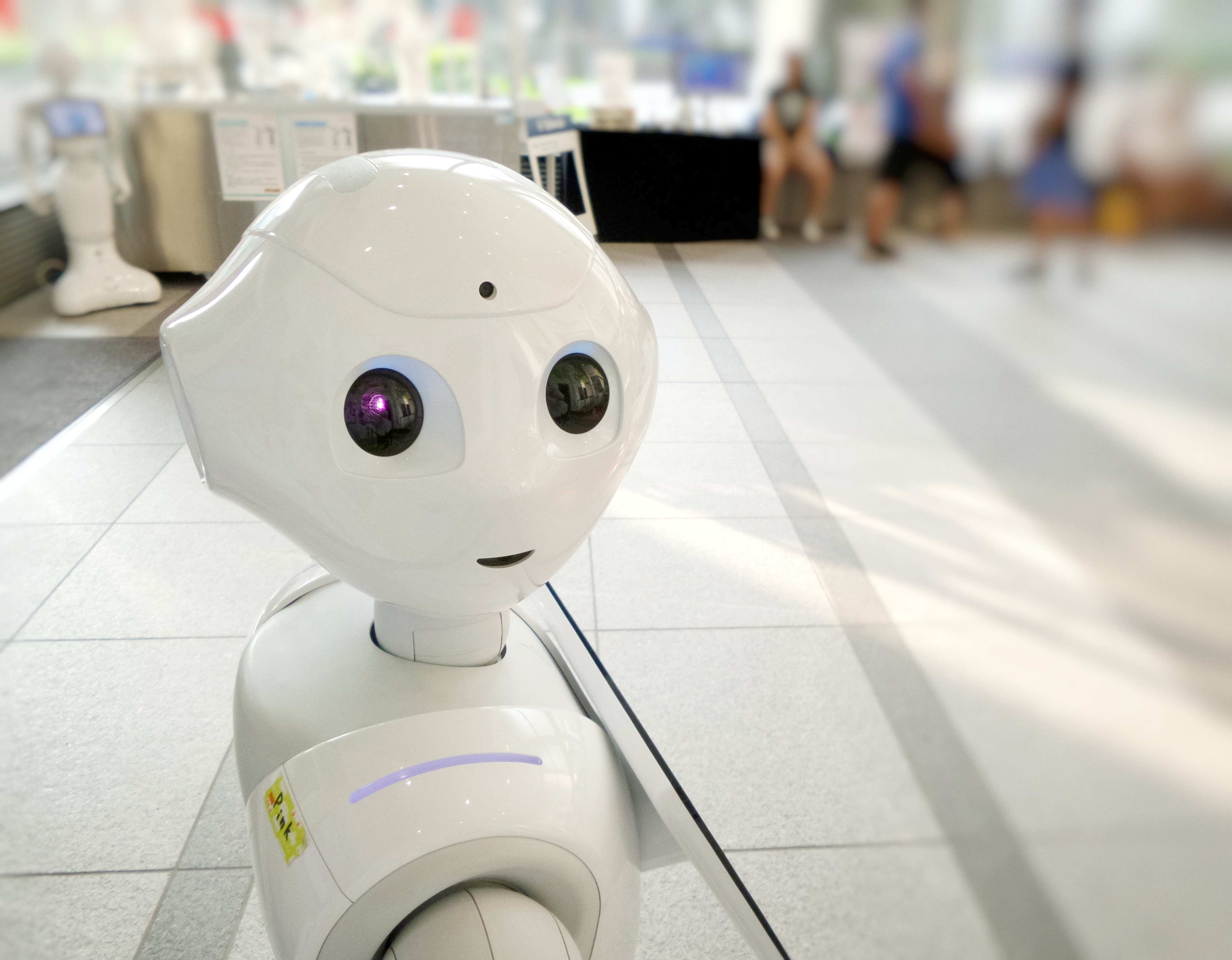Tech Talk: The Self-Healing Robots Are Here

Technology is marvelous in its capabilities, both for personal and for business. But, there’s a few major problems: it can malfunction and break. Professionals operating in a primarily tech-based capacity are well aware this is not only a possibility, but it happens, and it happens often. And unfortunately, troubleshooting and fixing these machines can prove time-consuming, not to mention, frustrating. To resolve this very common problem, according to IEEE Spectrum, a publication catering to engineering and applied sciences, the European Commission is funding SHERO, or Self HEaling soft RObotics, that involves robots who are able to repair themselves; a potentially major innovation for all businesses, particularly those with assembly-line work. The project is made possible through a partnership between Vrije Universiteit Brussel, the University of Cambridge, École Supérieure de Physique et de Chimie Industrielles de la ville de Paris and Swiss Federal Laboratories for Materials Science and Technology.
This three-year project estimated at USD $3,315,150, is looking into two types of healing for the robots. The first involves heat application, which would be used if a robot was transporting dirty materials and must be cleaned so the dirt does not implant in its material. This would require the robot to bring itself to a heating station or activate an implanted heat-based mechanism. The second type of healing is purely self-driven, where the robot will heal itself without further involvement. This would be used for patching minor cuts and scrapes, which the robot would perform itself using super glue or duct tape. The healable components of the robot would be made using soft materials, allowing for repeated repair. The material used would be 3D-printed, developing a plain, impermeable finish. This, however, is the “easy” part. For healing to happen, the robots must operate autonomously and self-identify damage. But even robots need time to heal. After three days, the robot is healed 62 percent; after seven days, 91 percent; and only after two weeks does the robot reach its near-maximum efficiency at 97 percent.
–––––––––––––––––––––––––––––––––––––––––––––––––––––––––––
Danielle Renda is associate editor of PPB.

